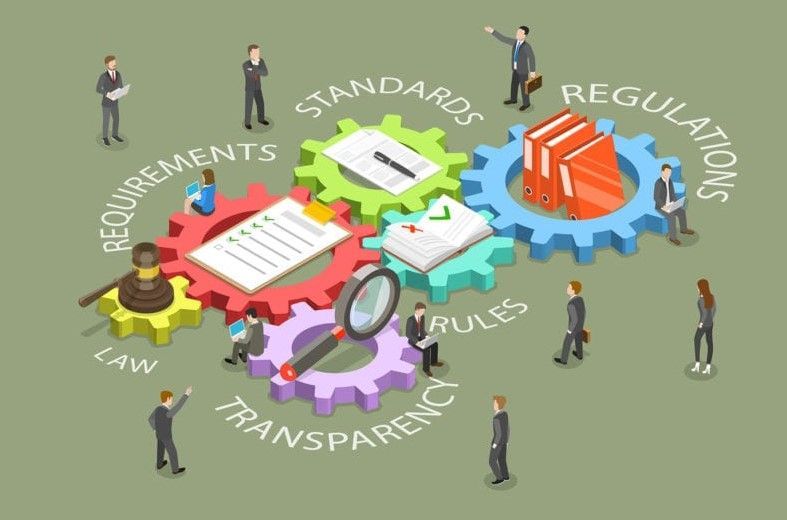The ‘New’ Negotiation: How Good?
Make no mistake: Traditional negotiation tactics and strategies are still on the table. But attitudes and perspectives have changed, and changes in negotiating behavior have followed. The “new” negotiation is more consultative in nature. It’s communication designed to persuade, not pummel; to cooperate, not compete.
Used to be, for example, that resisting compromise tooth and nail was a hallmark of strong negotiators. They may have made little attempt to hide their willingness–even desire–to fight to get their way (fair or foul) or to go down trying. These days, thanks to significant and telling research, negotiators make little attempt to hide their willingness–and, yes, desire–to take a cooperative stance. Smiles, not scowls.
Now, what might also be called the “new niceness” doesn’t mean that all sides aren’t assertive about going after what they want and what they believe they deserve. It means that, assuming comparable skill levels, the “cooperative problem-solving” style is more effective than the “competitive adversarial” style. In addition to being assertive cooperative problem-solvers strive to be empathetic.
So, how do we know which is most “effective”? In his research, Gerald R. Williams found that when, after a negotiation, each side rated the other in effectiveness:
- 38 percent of cooperative problem-solvers were rated “effective,” 59 percent “average,” and 3 percent “ineffective.”
- 25 percent of competitive adversarials, on the other hand, were rated “effective,” 42 percent “average,” and 33 percent “ineffective”–a tenfold gap in what can also be called “success” in negotiation.
Other researchers have produced results that support Professor Williams’s findings. Williams is the Marion G. Romney Professor of Law Emeritus, J. Reuben Clark Law School, Brigham Young University. We incorporate these consultative communication principles, which also work in consultative selling and business development, in our own course, “Negotiation Today.”
What does this big gap mean to you and your team? In this post, you’ve heard the what of our topic: The “new” negotiation is, indeed, more effective than the old. In our next post, we’ll talk about the why and the how , and offer a few practical ideas on how you, and your team, can become better negotiators.
Scott Pemberton is a senior consultant at Productive Strategies, Inc., a marketing and management consulting firm specializing in consultative sales training, lead generation and appointment setting, and marketing and marketing communications. Scott can be reached at 847-446-0008 Extension 3 and at spemberton@productivestrategies.com.
The post The ‘New’ Negotiation: How Good? appeared first on Productive Strategies, Inc..










